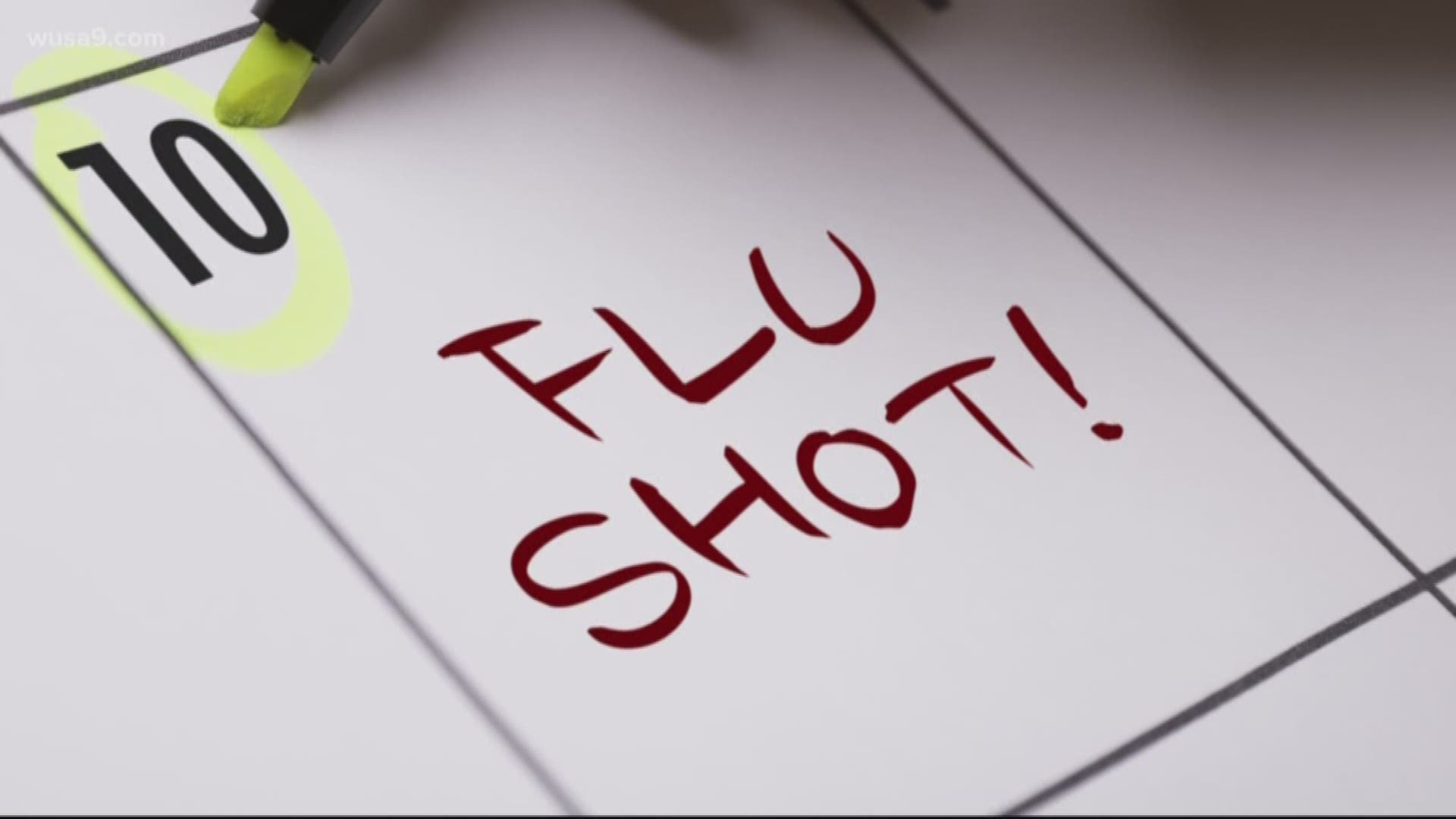WASHINGTON — If you're on the fence on getting a flu vaccine because scientists at times have missed the mark on guessing which flu strains would strike, it's better this year.
"The vaccine has matched what we are seeing as the type of viruses," Dr. Jesus Gonzalez, with MedStar Health At Lafayette, said. "Two years ago, the virus mutated in the middle, and it's the bad virus, the H3N2, the ones that put people in the hospital."
Flu viruses are incredibly difficult to track because they constantly change. These changes are why the US Department of Health and Human Services select new vaccine strains every year. But it also means new strains can break out.

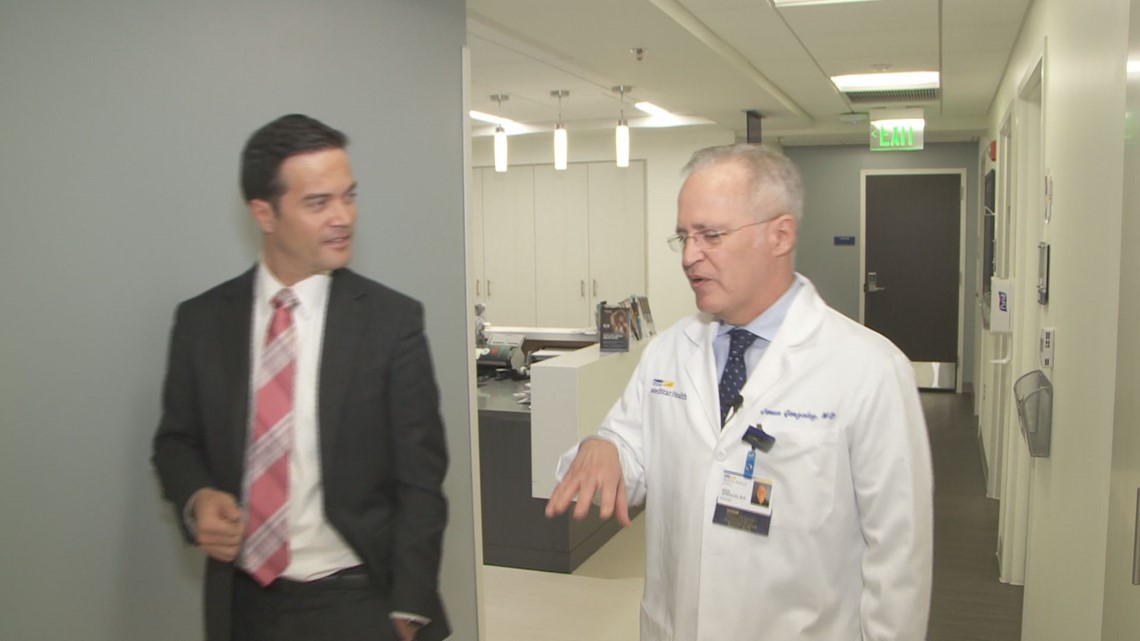
The 2018-2018 US flu season killed 186 children.
The 2018-2019 season was less severe, but set a time record of 21 weeks, according to the National Center for Immunization and Respiratory Diseases Director Dr. Nancy Messonnier.
"We are still years away from having a universal vaccine," Dr. Messonnier added in congressional testimony to the House Energy and Commerce Committee Tuesday.
A universal vaccine in clinical trials by the National Vaccine Research Center started 'Phase 1' trials out of three phases that come before FDA approval.

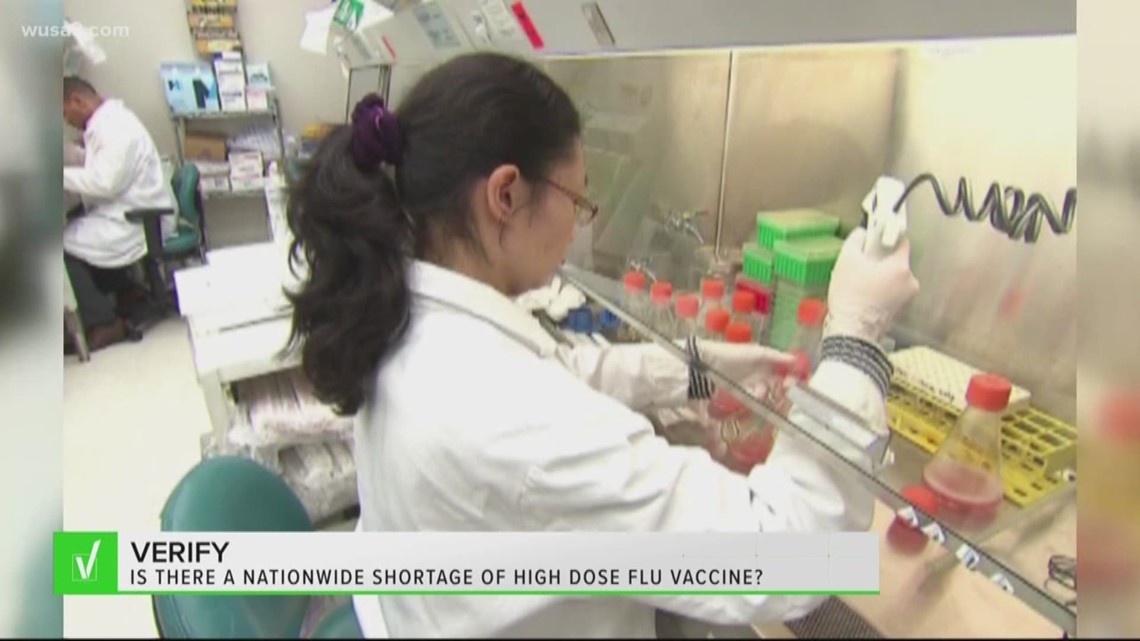
HHS Assistant Secretary Robert Kadlec raised concerns to Congress that "supply chain issues are among the most significant challenges to preparing for an influenza pandemic."
Dr. Kadlec added, "Today, we are dependent on receipt of active ingredients in America's pharmaceutical and over the counter drugs come from China and India; this dependency also extends beyond pharmaceuticals and includes auxiliary medical supplies such as syringes and gloves."

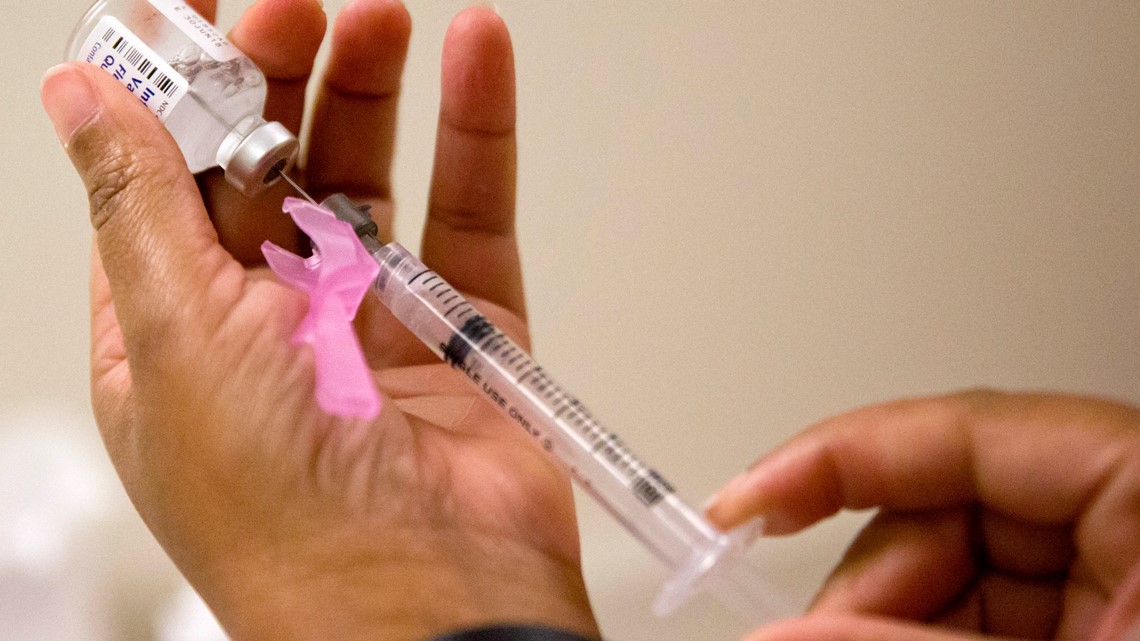
In the 1990s, the US, Europe, and Japan manufactured 90% of the global supply of the key ingredients for medicines and vitamins.
"Now, China is the largest global supplier. In a pandemic environment, this dependence could become a matter of national security," Dr. Kadlec said.

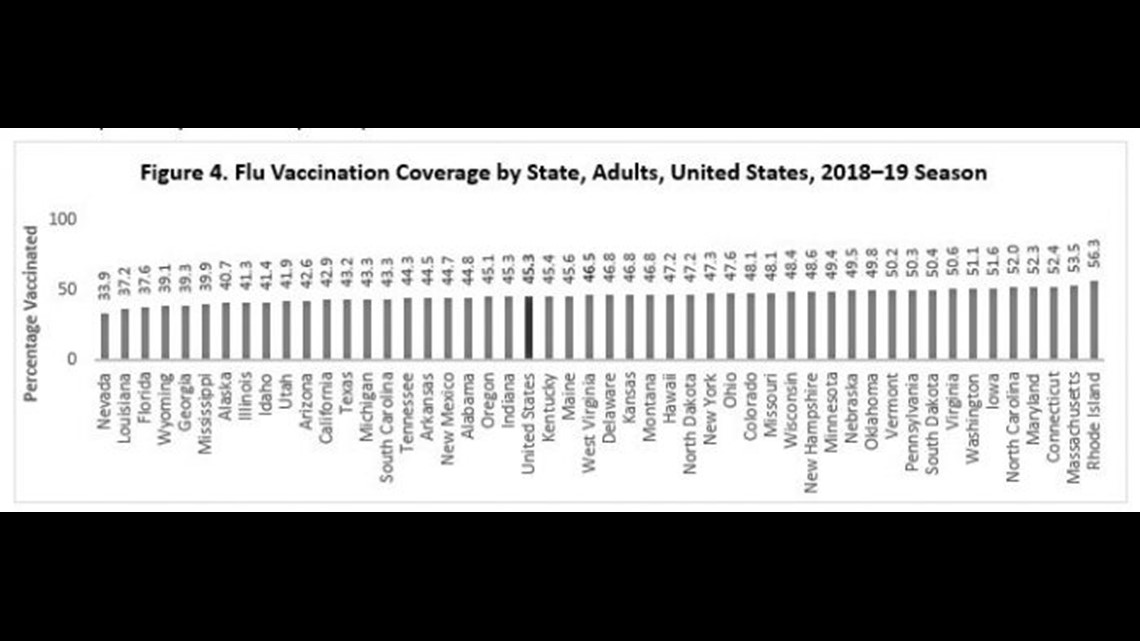
For the 2019-2020 flu season, there have been more than 160 million doses of vaccine produced in the US, according to the US FDA.
Vaccination was up to 63% of children last year, up 5% from the previous year.

